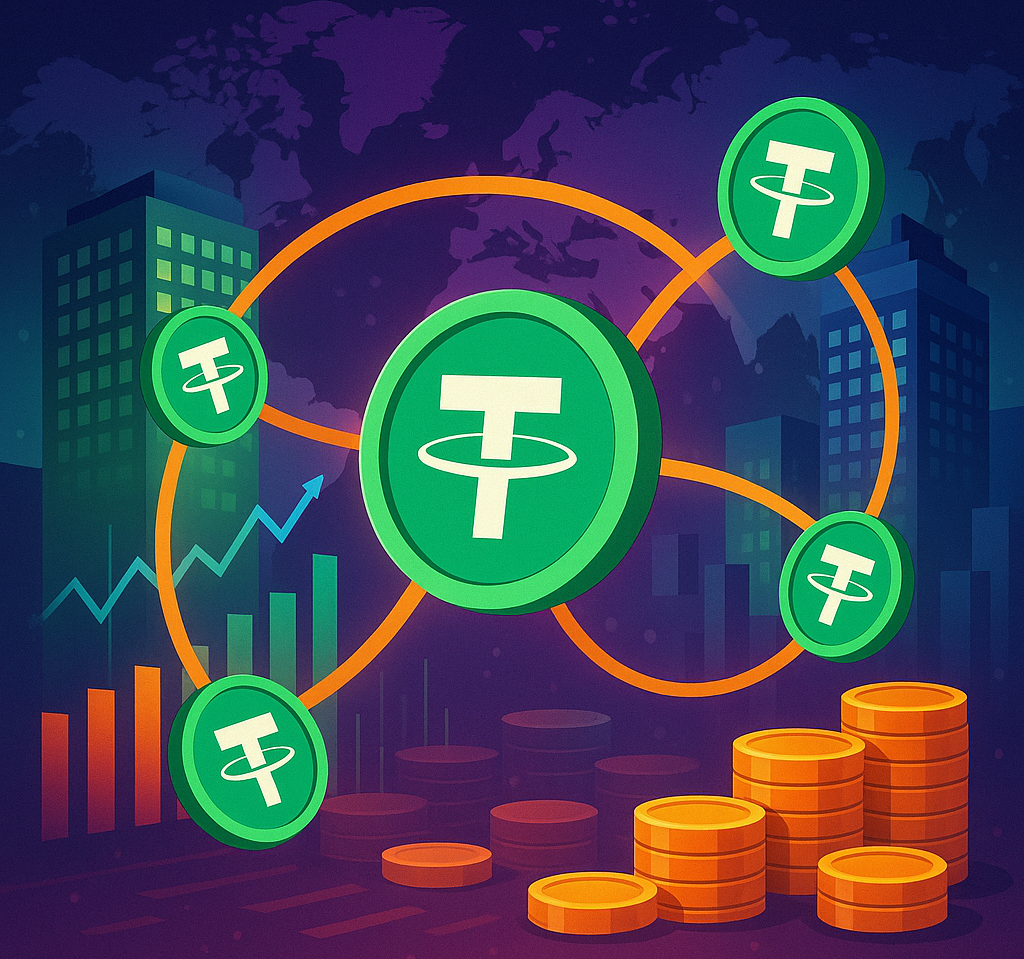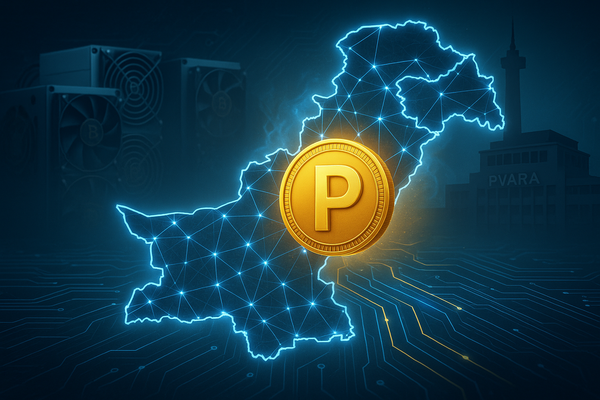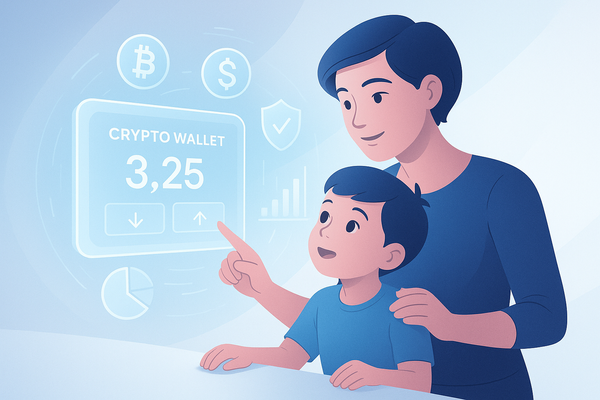The Real Use Case of Stablecoins You Didn’t Know
Most people think Stablecoins like USDT are for small payments, but in the Global crypto market, they’re the engine moving billions between exchanges to powering Bitcoin liquidity. Learn the real use case of Stablecoins beyond just trading.

When most people in Pakistan think about Stablecoins like USDT (Tether) they imagine them as just another type of cryptocurrency, something you can use to buy Bitcoin, trade altcoins, or send money abroad.
But here’s the truth:
Stablecoins are not built for buying coffee or paying for your dinner bill.
Their real job is something far bigger, and it’s happening behind the scenes, every single day, on a global scale.
Let’s break it down in simple words.
What is USDT, and why is it “Stable”?
Tether [crypto:usdt] is a stablecoin, which means its value stays close to $1 USD all the time.
One USDT is always worth about one dollar, no matter what’s happening to Bitcoin or Ethereum prices.
This stability makes it perfect for holding money without worrying about crypto volatility, which is why big traders, exchanges, and even hedge funds love it.
Who Really Uses USDT?
It’s not just small traders like us.
The real heavy users of USDT are:
- Crypto exchanges (like Binance, OKX, Bybit)
- Market makers (the people who keep markets running by constantly buying and selling)
- Hedge funds and professional trading firms
- OTC desks (Over-the-Counter traders handling millions in private deals)
How Do They Use USDT?
Here’s where it gets interesting, and simple:
Moving Money Between Exchanges
Imagine Binance has too much Bitcoin but not enough USDT to serve traders.
Meanwhile, OKX has more USDT than Bitcoin.
A market maker will:
- Sell BTC for USDT on OKX
- Send that USDT instantly to Binance
- Buy BTC there (if it’s cheaper)
- Sell it back on OKX for a profit
This is called liquidity rebalancing, and USDT makes it fast and easy.
Avoiding Bank Delays
In traditional banking, moving millions from one country to another can take 3-5 days, and involves fees, paperwork, and sometimes government limits.
With USDT, you can send $50 million from Dubai to Singapore in a few seconds, with almost zero fees.
Hedging Against Volatility
If the market is crashing, big players don’t want to hold risky coins.
They sell into USDT to protect their value, then buy back Bitcoin or Ethereum when the price is better.
Paying Partners Globally
Crypto companies often pay developers, partners, or investors in USDT because:
- It’s faster than bank transfers
- No currency conversion needed
- Works 24/7, even on weekends and holidays
40% of Blockchain Fees Come from USDT
Here’s a shocking fact: almost 40% of all blockchain transaction fees are from USDT transfers.
Why?
Because big players are moving billions in USDT every single day between exchanges, wallets, and businesses.
Why This Matters for Pakistan
Pakistan is the 5th largest country in the world by crypto adoption.
If regulations allow, we could see:
- Pakistani exchanges using USDT to settle trades faster
- Exporters accepting USDT for international payments
- Bitcoin Pakistan traders are moving liquidity instantly without banks
USDT could become a key tool for Pakistan’s crypto economy, especially as more businesses look for faster, cheaper, and borderless payments.
USDT is the plumbing system of the crypto world.
It’s not about buying coffee, it’s about keeping billions of dollars flowing every day between traders, exchanges, and markets worldwide.
Without stablecoins, the crypto economy would slow down drastically.
For more insights into Bitcoin in Pakistan, Crypto Pakistan, and Crypto news in Pakistan, follow us at CryptoPakistan.com, your trusted source for blockchain and Bitcoin news in Pakistan.




